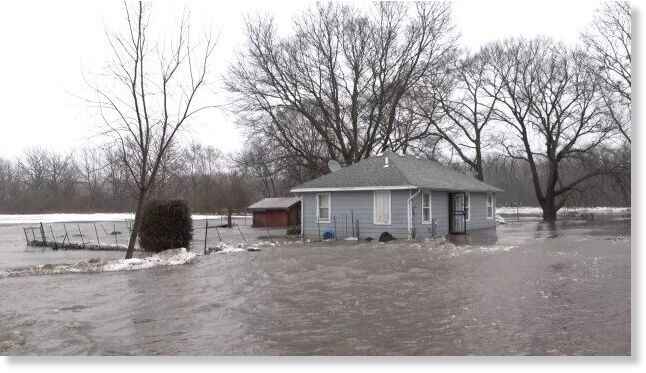OF THE
TIMES

Snow thickness reaches seven meters in Hakkari
Efforts are being made by snow removal teams to open the roads providing access to villages and hamlets; however, progress is challenging due to the thickness of the snow.
The heavy snow in the Yüksekova district of Hakkâri has adversely affected daily life.
Snow removal teams are making efforts to open the roads providing access to villages and hamlets in the Dağlıca region, where the snow thickness reaches up to 7 meters in some places.
Despite the ongoing efforts by the District Special Provincial Administration Directorate's construction site teams to clear the blocked roads, the thickness of the snow is making their work challenging.
According to a report in Anadolu Agency, the teams are using construction equipment to create a "snow tunnel" and aim to quickly open the road for access to villages and hamlets.
Comment: Related: The snow is up to 7 meters (23 FEET) high in Hakkari, Turkey